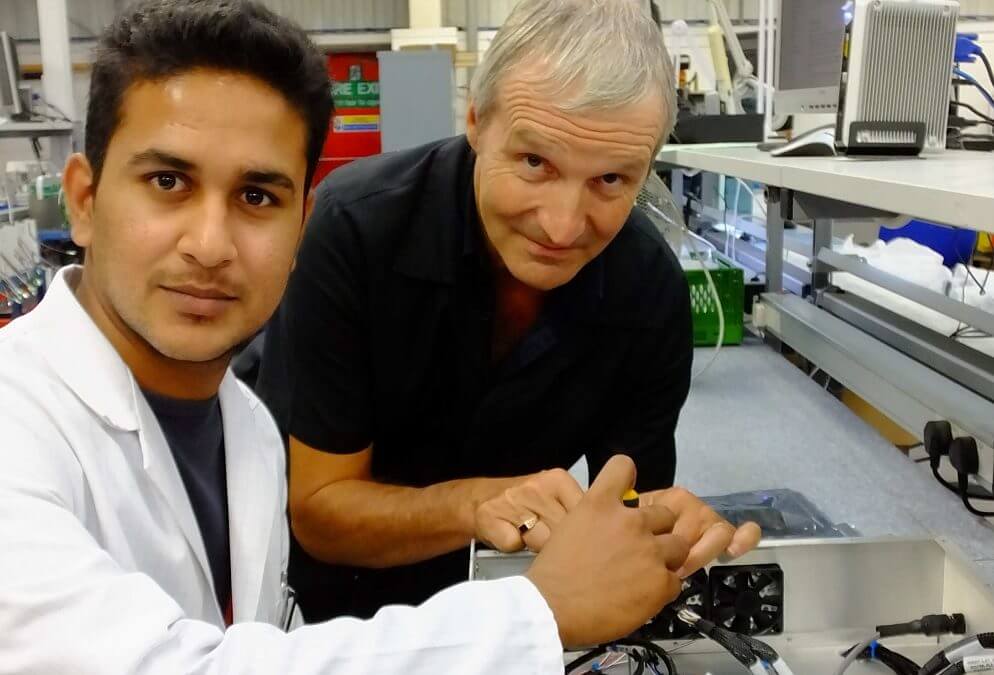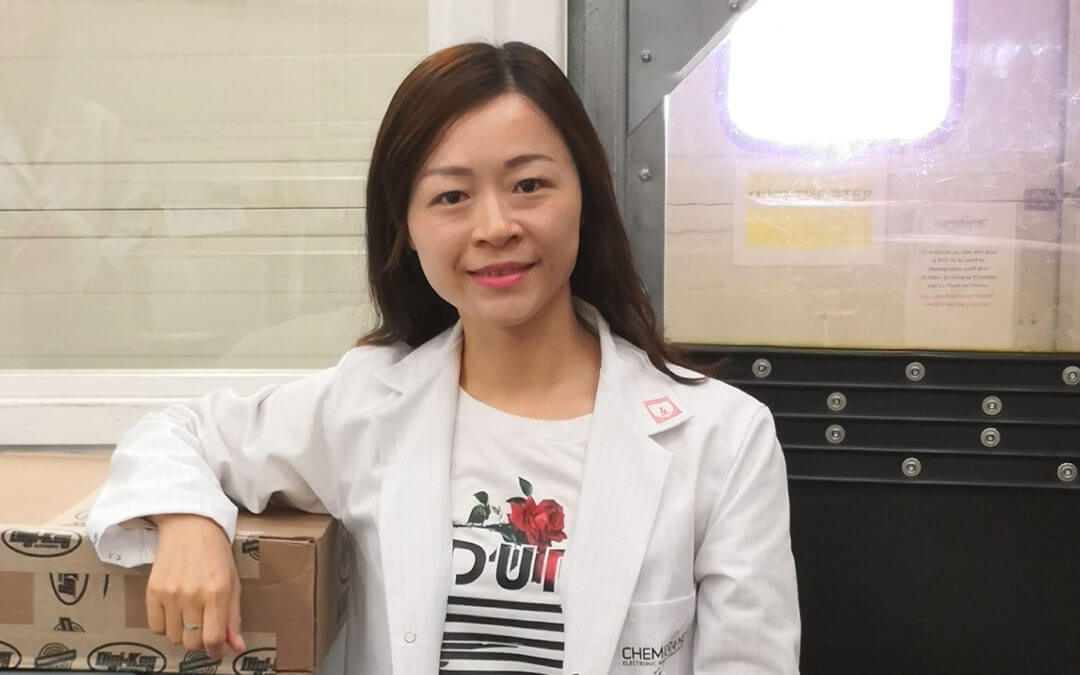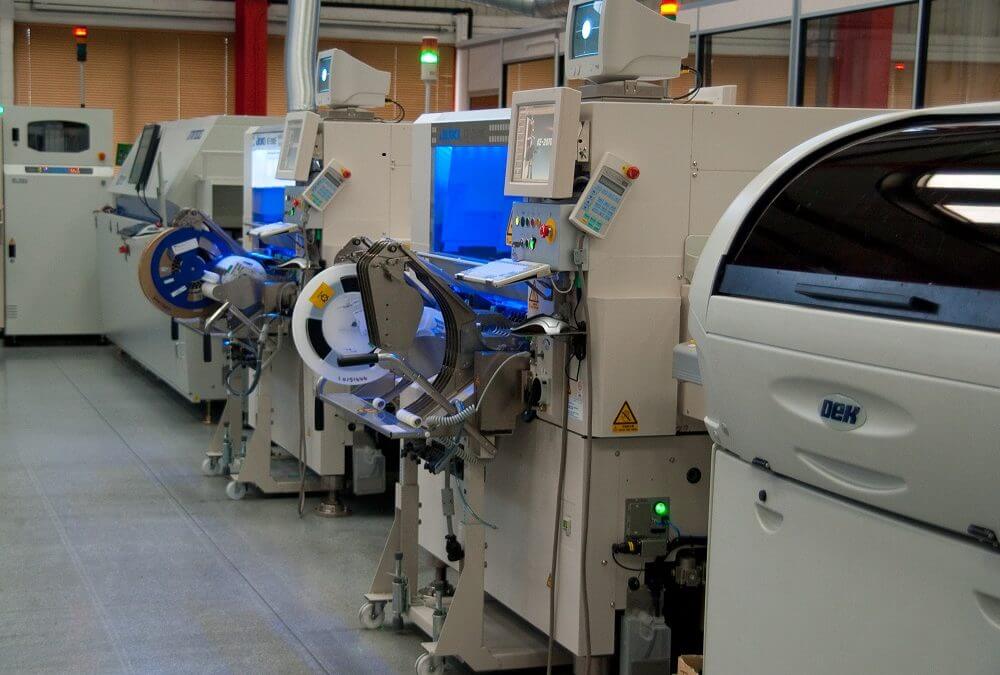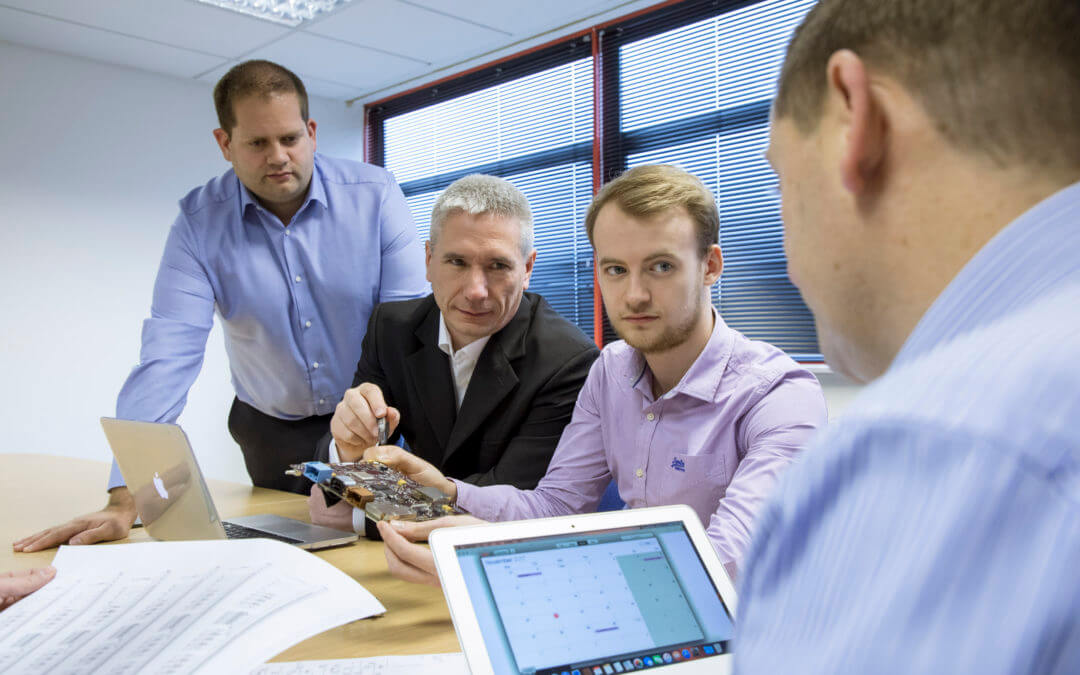Design for manufacturing (DfM) is (perhaps self-evidently) the practice of designing products with the manufacturing process in mind, choosing the best processes, materials and components. This approach ensures manufacturing costs are lower but no corners are cut, so the best results are achieved without compromising on quality or performance.
- DfM allows cost-effective solutions to be found prior to production.
- And it allows potential production problems to be fixed while the design is still fluid and changes will be less expensive and less disruptive to the manufacturing process.
Could design vs should design
Perhaps the simplest expression of the principles of DfM came, obscurely enough, in the blockbuster dinosaurs-brought-to-life-by-unthinking-scientists movie, Jurassic Park.
At the end of the film, having witnessed what happens when scientists simply concentrate what can be done (rather than on what is actually needed), Ian Malcolm (Jeff Goldblum) comments to Park boss Mr. Hammond (Richard Attenborough):
‘Your scientists were so preoccupied with whether they could, they didn’t stop to think if they should.’
And, in a nutshell, it is this tendency to work in a silo devoid from the real world of manufacturing that DfM aims to address.
- It asks them to consider how they should
- And not think about what they could
DfM: never too early
The designer’s objective under DfM is to optimise product design with whatever production eco-system is available: including suppliers, material handling systems, manufacturing processes, labour force capabilities and distribution systems.
In this sense, it’s never too early to start implementing a DfM-led approach. At the concept stage of product development, it can add value, avoid cul-de-sacs and point toward ways to keep unit costs as low as possible.
DfM can prevent design considerations being overlooked – or design decisions being made – that will lead to costly components, materials or production methods.
- Research reveals that decisions made during the design period determine 70% of the product’s final costs.
- And that decisions made during production account for just 20%.
- It also reveals that decisions made in the first 5% of product design can determine the vast majority of the product’s cost and its quality and readiness for production.
This is why DfM is such an essential best practice for OEMs when considering an EMS manufacturer to partner with. It can optimise everything from the design stage to the project development stage and on into the manufacturing process itself.
Three Chemigraphic DfM principles for cost-effective manufacturing for OEMs
- Fewer active parts should be used through standardisation, simplification and the practice of maintaining records of existing and preferred products and processes.The design of a new part is – in the vast majority of cases – only the best option from a purely design point of view. Minimising active parts through standardisation simplifies product design and leads to operational efficiencies through lower inventories. Group technology (GT) and Component Supplier Management (CSM) systems can facilitate standardisation by basing new designs on similar, existing ones.
- Design alternatives should always be evaluated and design tools used to develop a more producible design before release into production.
Traditionally, designers develop initial concepts that are translated into a product design, making small changes as they do so to meet the specification. We advocate early engagement with our customers’ design teams to make key decisions early that will positively influence and impact the overall manufacturing process.The DfM tools and principles that we use provide a structured way to achieve simplification of product design through practices such as a modular building block approach to assembly.
- Product and process design should take place within a framework that considers and balances product quality against design effort and product robustness.
All guidelines that we use are based on our changing manufacturing environment and increased use of automation. Our designers constantly update their understanding of our production system and all activity and process data is recorded, monitored and acted upon as a matter of continuous improvement.
DfM: The Chemigraphic difference
Let’s put all this into a workflow so you can see how it works in reality at Chemigraphic.
Through early engagement with your design team, we identify design alternatives for your product and develop these using the latest design technology
We evaluate these alternatives against DfM principles
We establish standardised designs based on our DfM principles. These designs can be easily retrieved for your future products
We regularly hold design reviews with the participation of our manufacturing team to continually refresh and improve our approach
And that’s how we can lower your costs without compromising your product’s quality or performance. That’s the Chemigraphic difference.







